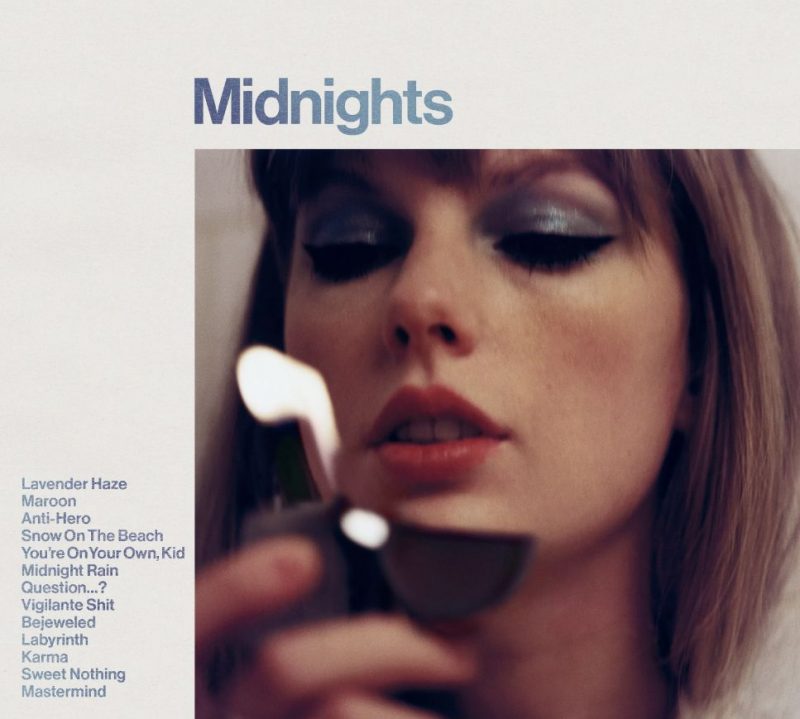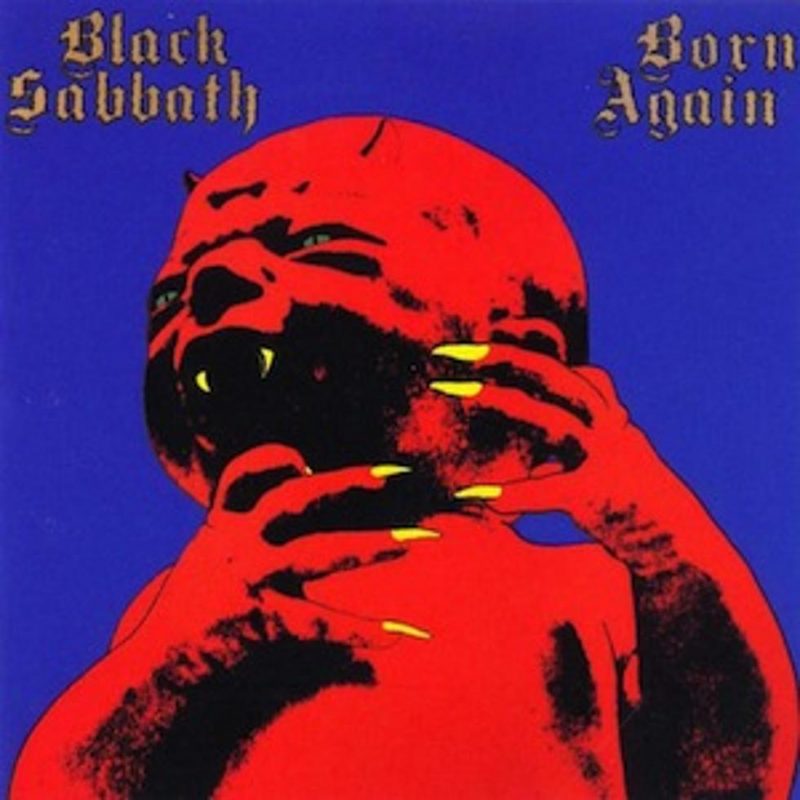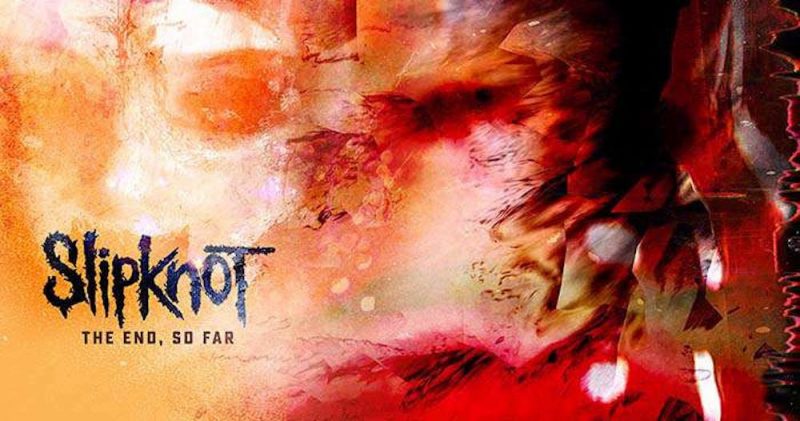
If the universe was empty except for a disembodied hand floating in space, it would impossible to know a priori if the hand was a left one or a right one. You might argue that the answer is “neither”: the hand is neither right nor left, because chirality doesn’t meaningfully exist in a universe with only one hand. But suppose a man now magically appears who is missing both hands at the wrist. This supposed “handless” hand would have to fit equally well on either wrist, and that isn’t how hands work. Does the disembodied hand gain chirality at the moment the handless man appears? How can it, if the hand existed unchanged before the man? What other properties exist that we don’t know about because, metaphysically speaking, we only see a single disembodied hand? Truly we suffer more from imagination than reality.

A fun if cartoonish album, Born Again proves that while you don’t have Black Sabbath without Ozzy or Dio, you still have something.
Sabbath’s first four albums were critically loathed. They were panned as an even worse Iron Butterfly – maggots stewing in the remains of the hippie dream that had died at Altamont. “The worst of the counterculture on a plastic platter–bullshit necromancy, drug-impaired reaction time, long solos, everything.” – Robert Christgau.
They’ve been critically reassessed now (actually, most of those critics have died), but 1983’s Born Again is the closest they came to being the band Christgau thought they were: a shameless, faux-Satanic orgy of cringe and awkwardness. It musically sounds like a style parody of their 1970s work, although Gillan’s soaring voice classes things up a bit.
Why do people hate the cover? It’s not bad as Sabbath albums go. I guess it doesn’t touch the singular artistic genius of “guy swinging a sword with the camera exposure broken” or “Bill Ward wearing his wife’s tights” or “I can’t even work out what’s happening here” or “literally the album title on a black background”, or “Hipgnosis has 15 minutes and bills to pay”.
Ignoring the cover, the production, the urban legends, and the Spinal Tap connection, and what’s left is mostly good songs. Side A fares the best. “Trashed”, “Disturbing the Priest”, and “Zero the Hero” are actually spectacular.
“Trashed” is a fast song rather like “Paranoid” or “Neon Knights”. Heavy metal has produced songs about fast cars (“Freewheel Burning”, “Highway Star”), and motionless cars (“Impact Is Imminent” , “A Nightmare to Remember”), and maybe if you average them all, you’ve got a song about a responsible driver who obeys the speed limit.
“Disturbing the Priest” is one of Sabbath’s most intricate and brutal pieces. Ward’s machine-gun blasts of snare and Geezer’s scale-spanning bass runs anchor add complexity to a song that could have sounded very stupid. “The devil and the priest can’t exist if one goes away / It’s just like the battle of the sun and the moon and the night and day.” I’m 14 and this is deep. Some nice ambient and musique concrete elements here too. I assumed this was a shot fired at Judas Priest (who had just released Screaming for Vengeance and were on something of a hot streak), but apparently Iommi got yelled at by a local priest because he was playing too loud.
“Zero the Hero” is a rousing anthem, although far overlong at 7:35 (8:20 if you count “The Dark”). Dare I say it that Ian Gillan is almost rapping in places?
Side B gets a little more serious (and too big for its britches). “Digital Bitch” is a forgettable early Motley Crue kind of song, interesting only because of speculation about who it’s about. Quote from Gillan: ”I remember exactly who inspired this story, but the only thing I can reveal about her identity is that neither she, nor her father, had anything to do with computers.”
“Born Again” has Gillan hijacking the band and turning them into Deep Purple. His vocal performance channels “Child in Time”. It’s a good song, and probably another album highlight, but it leaves the Black Sabbath sound behind. “Hot Line” and “Keep it Warm” are filler and I don’t think I’ve listened to either all the way through.
Something should be said about the production. Born Again is Bass: The Album, with extremely prominent drums and a muffled, odd guitar tone. It’s a weird and messy mix that has its charm. In a world of set-and-forget plugins it’s nice to remember the days when metal albums sounded vaguely different from one another.

James Christopher Monger, writing for AllMusic, says that The End, So Far “may not be a home run, but it proves that the band are still in it to win it, even if they’re playing the long game.”
I couldn’t have put it better myself.
Basically, Slipknot steps up to the plate and achieves a real slam-dunk here. They don’t pull any punches, and although The End, So Far drops the ball in a few places it makes the case that they’re hands-down still in the running. The album sails out of the gate with all cylinders flying before entering a tailspin and falling behind the eightball, but just when its back’s against the wall, it does a volte-face, entering the home stretch and coming up trumps across the board.
The album? I skipped around on a few tracks and then deleted it. Life’s too short.



